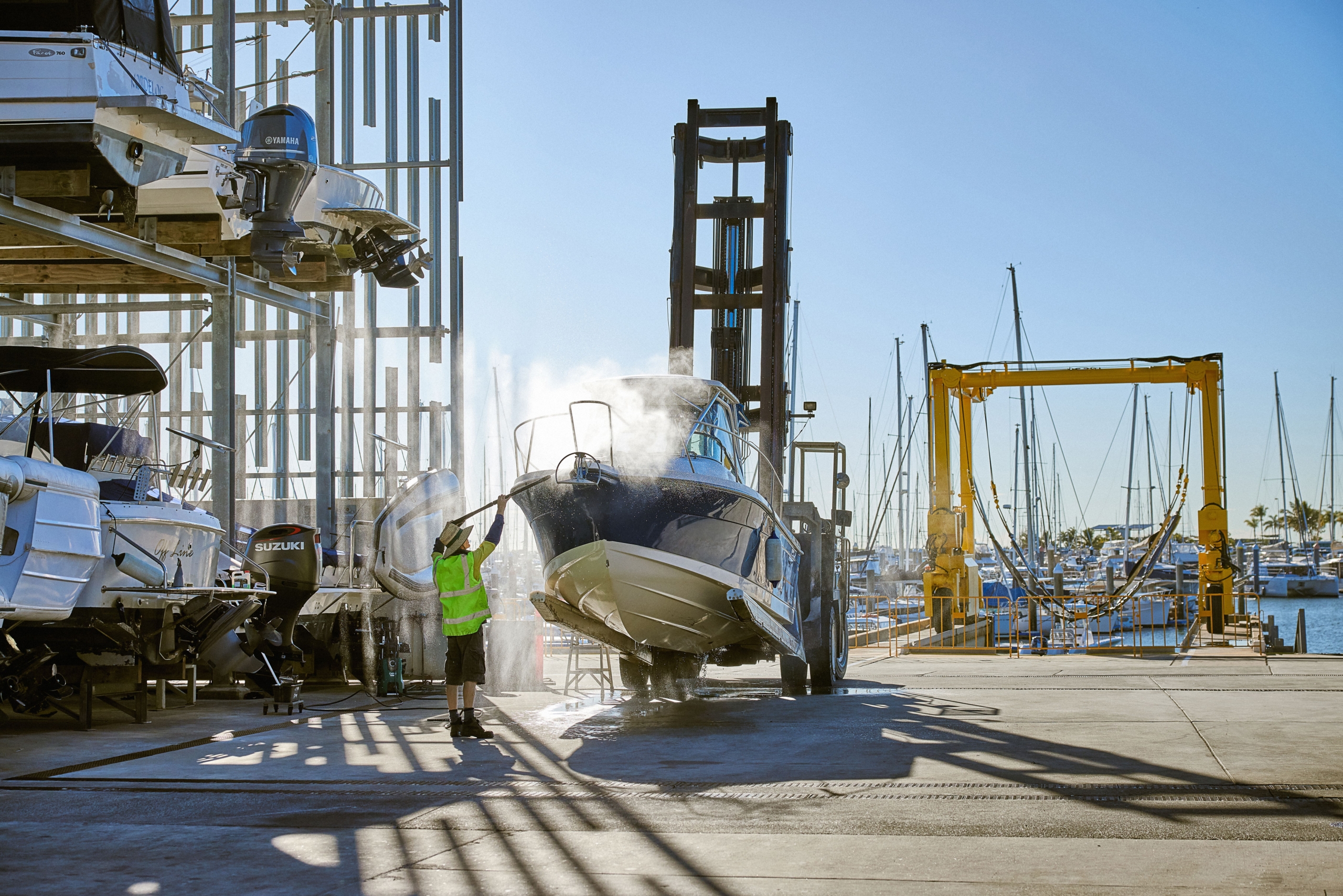
MARINE LOSS ADJUSTOR AND COASTGUARD NZ SENIOR MASTER PAUL FIELD SHARES SOME KEY MAINTENANCE CONSIDERATIONS FOR BOATERS.

There are many aspects of vessel maintenance that need to be considered in the lead up to the longer periods of boating inactivity over the cooler months. Here are some general maintenance considerations to keep in mind, in addition to your normal scheduled off-season maintenance.
- For moored craft, check hull anodes have plenty of material left and that protective hull coatings such as antifoul are in good condition with enough life for the upcoming period.
- Be mindful of the location of your mooring and whether this is susceptible to increased biologic growth.
- Consider giving the paintwork or gelcoat a polish to help protect it from the elements.
- Look at investing in good quality protective covers and/or check your existing covers and clears to ensure they’re all in good serviceable condition.
- Make sure all your skin fittings are serviceable and watertight. If you opt to close/shut off raw water systems make sure there’s a clear sign on the dashboard so engines don’t get started without circulating water flowing later on.
- Ensure all deck wash pumps, hoses and fittings are shut down and correctly stowed and isolated.
- Stern drives – bellows! One of the common issues we regularly find is either growth on bellows cutting through the rubber and allowing saltwater contamination to stern drive internals or UV degradation resulting in the bellow splitting. We strongly recommend the use of a bellow sock which protects the rubber from sharp crustacean build up and external UV degradation.
- For yachts, it is important to ensure the standing rigging is in good condition, being such an integral part of the vessel constantly under strain.
- A regular rig check and inspection by a qualified rigger will ensure that your deck level visible standing rigging and the upper level rig components which are less obvious, remain in serviceable condition.
- After a season of use with warm weather and generally clear conditions it’s important to prepare the craft for the opposite. Make sure your running rigging is protected from the elements where possible – winter algae growth and prolonged periods of rain will ultimately shorten the life of sheets, sails and lines. So, either removing or protecting them in rig bags or similar is prudent where possible. If not practical, then certainly make a note to check their serviceability post-winter.
- Regular engagement of rigging professionals will start to build a service history and allow scheduled proactive maintenance to be completed rather than reactionary which usually includes damages.
- Check all deck fittings, hatches windows etc. for water tightness. Lubricate rubber seals and ensure all tank lids, caps and seals are in good serviceable condition. All too often following winter we see compromised fuel supplies effect engine operation.
- Ensure fuel cells are left full to help mitigate condensation. This also helps to prevent diesel bug in your fuel system, which can be costly to fix if it takes hold.
- Ensure bilge pumps float switches are all functional, tested and that DC power supplies are sound and serviceable.
- Cleaning out bilges is advisable as this will show if there are any leaks or areas of concern in the engine spaces.
- Gas systems should be isolated and where practical look to disconnect the bottle.
- Use a dehumidifier. Keeping the interior of your craft warm and dry over winter is vital to protect fabrics, electronics and engineering systems from deterioration.
For boating news, features and interviews, subscribe to Nautilus Marine Magazine here.
